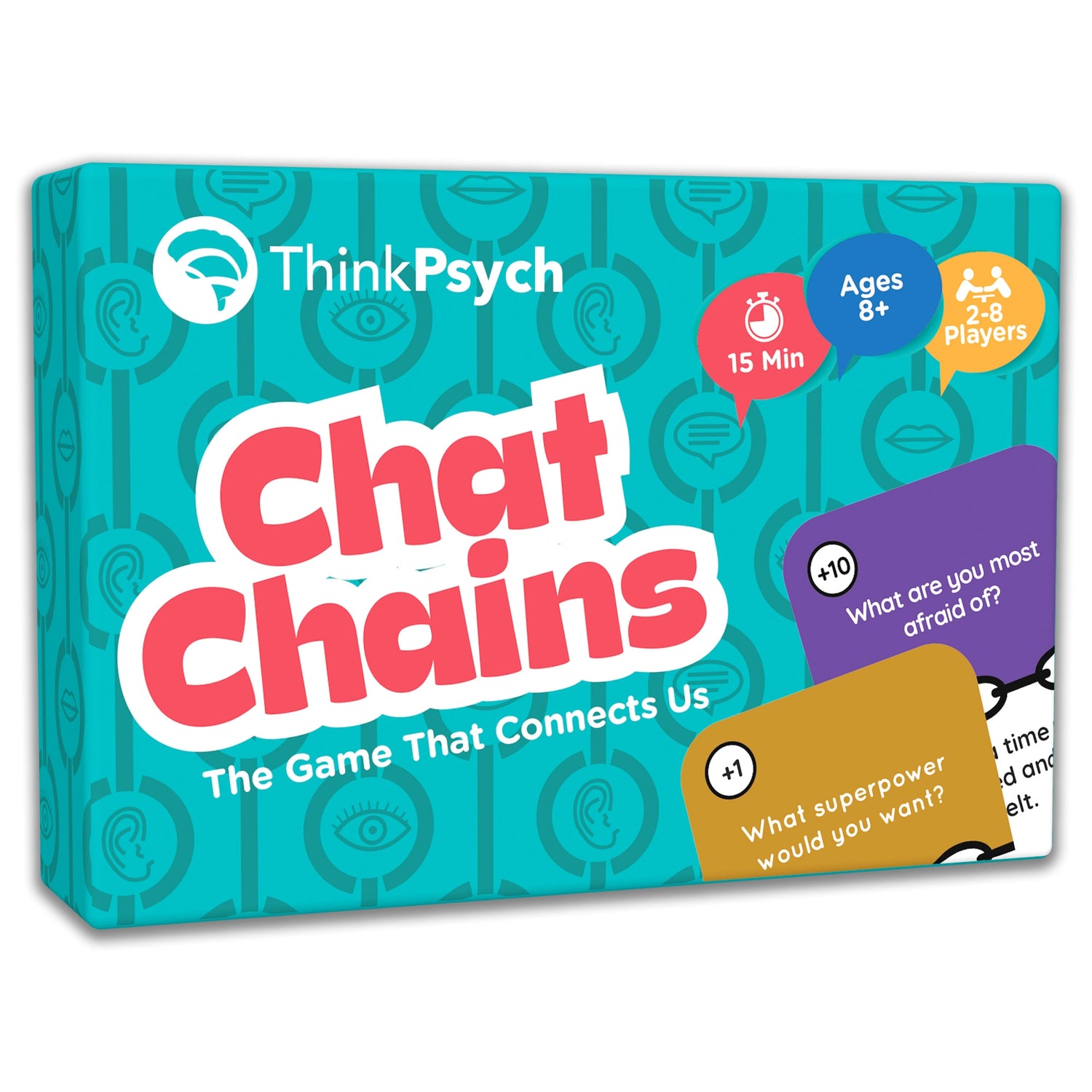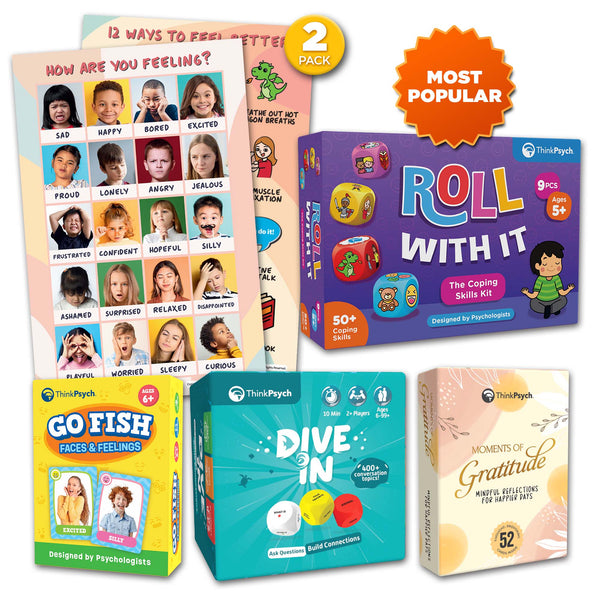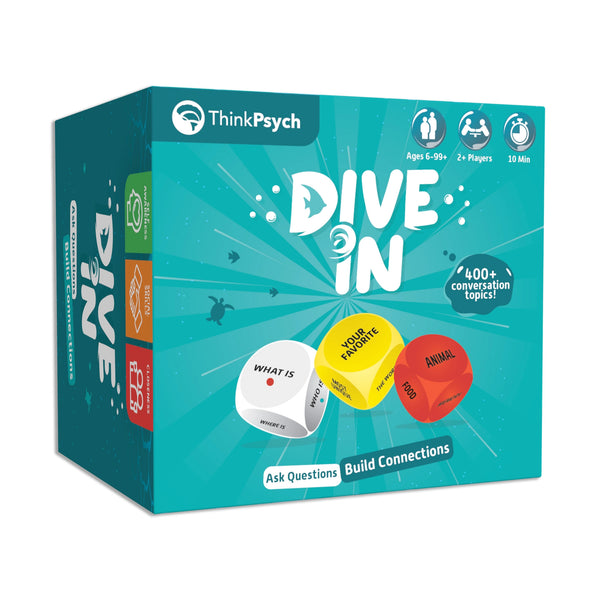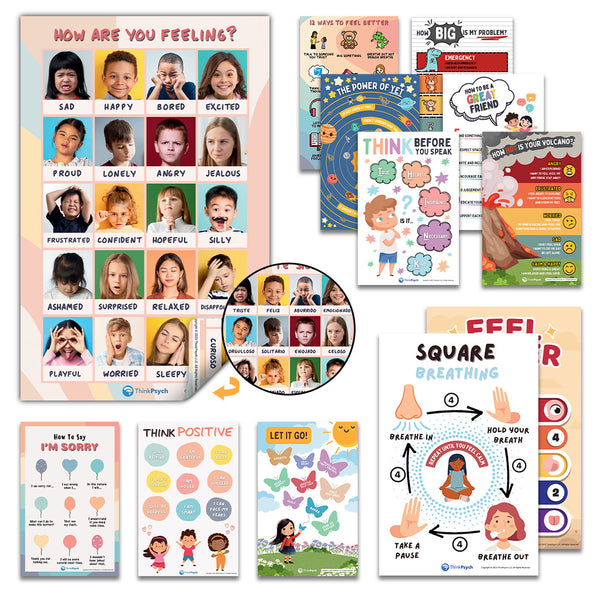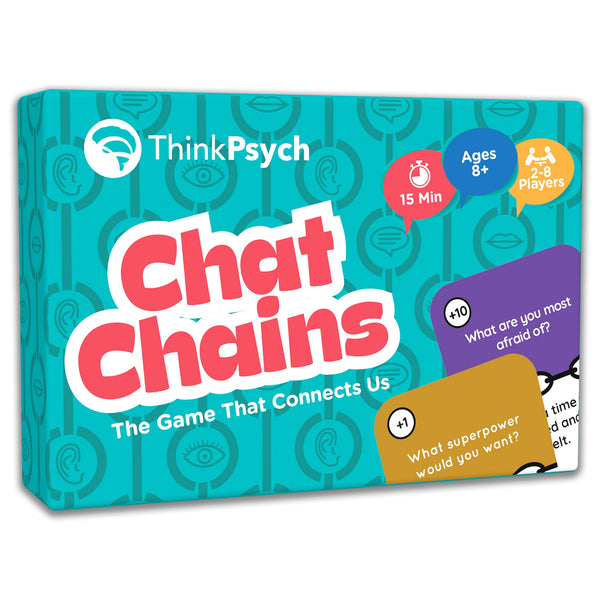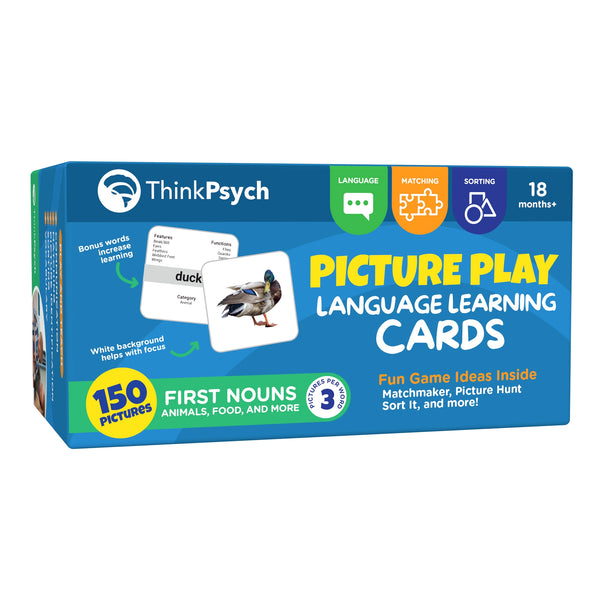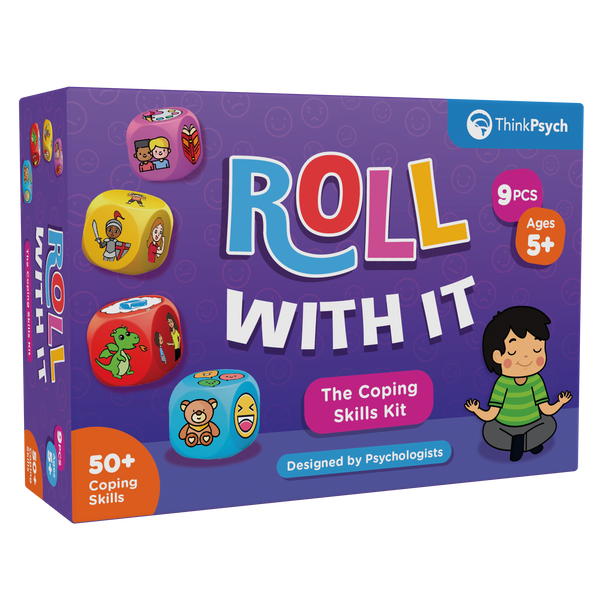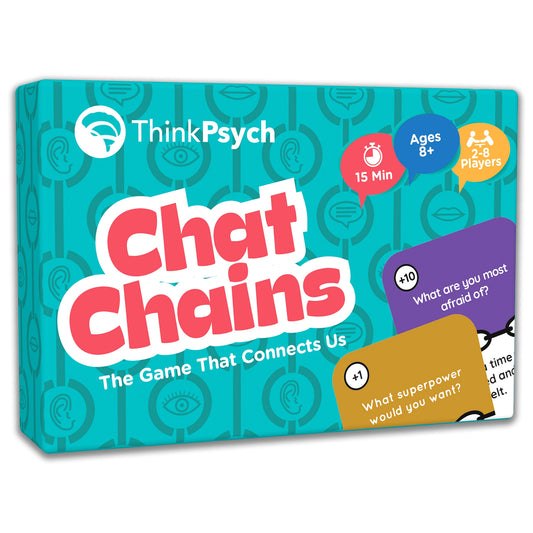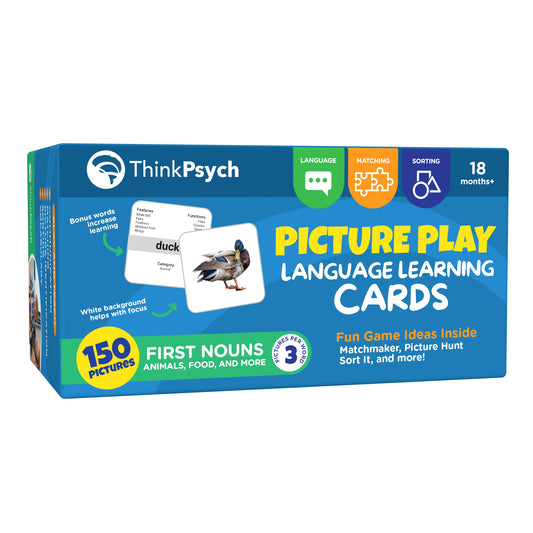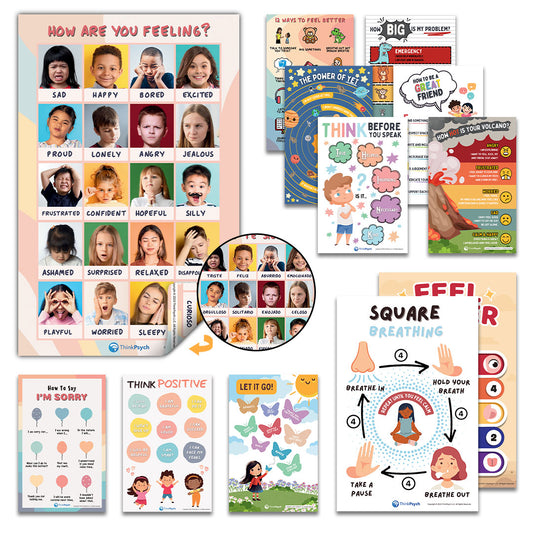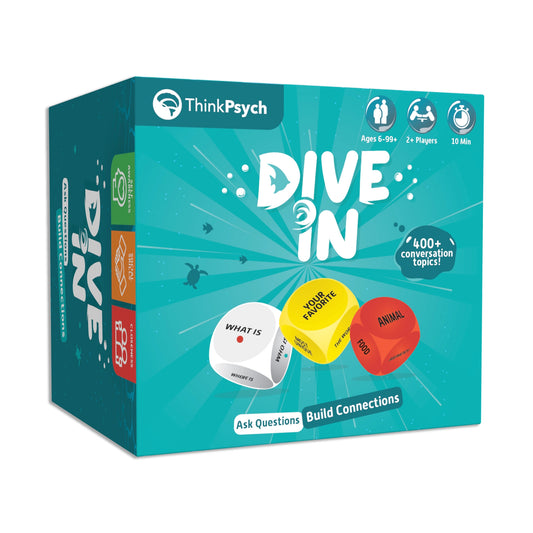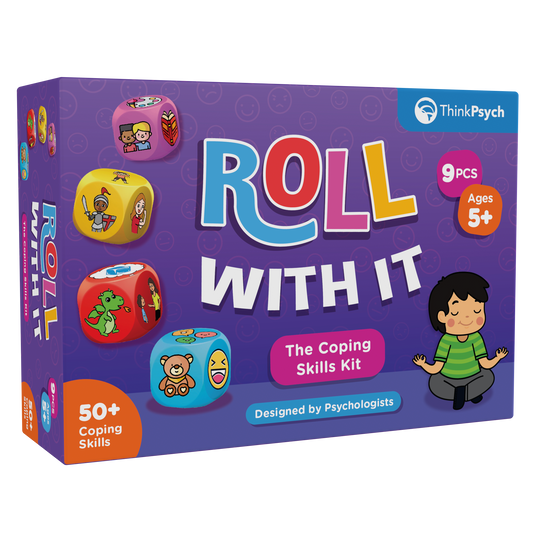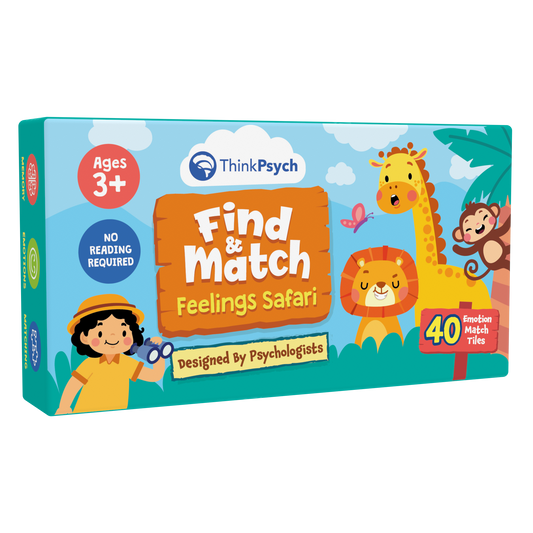
Helping Your Child Adapt to Change
Share
In the world of a child, there is always something to learn. Whether it’s a new flower or an unknown animal, children greet things around them with a sense of interest and curiosity. Unfortunately, that doesn’t necessarily mean that it’s easy to adapt to change!
In fact, it’s not uncommon for kids to display resistance when they’re dealing with something new. It can be as simple as trying a new food or a making a new friend, but sometimes even the smallest changes are met with frustration.
Fortunately, there are some easy ways to encourage a smoother transition for your child. After all, change is a necessary part of life and it’s important to roll with it. Be sure to read on for some of our tips for how you can help your child!
Create a Routine
A routine is an important part of every child’s daily life. Whether they have to go to school or their weekend is full of ballet recitals and birthday parties, a schedule helps them stay organized.
And while it may seem like a routine runs counter to being able to adapt to change, structure can actually help! By having a measure of consistency in what they can expect, children will be better prepared. They’ll be able to deal with transitions as they come.
For example, most children don’t like going to bed but by providing a nightly routine, they will be more amenable to sleep. Try arranging a time for them to wash up and brush their teeth, and then reading them a story. You may even want to provide them with a countdown, letting them know when there’s 10 or 5 minutes left so they’re not caught off guard. When the time for sleep rolls around, they’ll be better able to handle their emotions at bedtime.
Let Them Prepare
A child who doesn’t know what to expect is less likely to easily adapt to change. That’s why it’s so important to provide as much clarity as you can in each situation.
If you’re going to be moving to a new house in the future, you may want to watch a movie with your child that features this topic. Or you may want to read a story that depicts other children who are dealing with a similar situation.
While verbalizing it is important, showing what it’s like is very helpful for children in getting them to understand. This can be as simple as packing a box so they’ll know what you’ll have to do before moving away. You may even want to have them clear away stuff you don’t want to take with you when you move. Not only will this help them understand, it can also provide a lesson in the importance of giving.
Be Sure They’re Listening
It goes without saying that kids pay attention to everything whether it’s a passing car or an unknown object. And because it can be easy for a child to get distracted, it’s important to make sure they’re listening.
When you’re warning them about something that’s going to be happening, be sure that their attention is fully engaged. They shouldn’t be reading a book or watching television. This means you’ll need to make eye contact and may even need to engage them by holding their hand. Ask them to repeat back what you’ve said so they can engage in active listening.
By taking this approach, they’ll know that what you’re saying is important and they’ll be able to adapt to change accordingly. It will also keep the lines of communication open. In the future, they’ll be more likely to open up about how change is affecting them, making transitions a little more seamless!
Don’t Fuss Over Small Stuff
Most children are going to have a problem with change at some point. Whether it’s their bedtime ritual or a new gymnastics class, adjusting is not always going to be without incident.
A little grumbling and complaining may be a part of the transition, and as a parent you can let it be if your child is trying to adjust. However, if their attitude worsens, it’s important to set boundaries so they know they’ll have to adapt to change. We all have our habits and routines, but change is a part of life. Trying new things is especially important for children since there’s a lot they don’t know. When it comes to adjusting, Roll With It: The Game That Helps You Cope can be a great tool that helps to instill calmness and self-reflection in your child.
Praise Their Efforts
Even for the most adaptable of children, there are going to be moments of struggle that go along with change. As a parent, one of the best things you can do for them is offer praise.
Instead of saying something general, be specific in what you are grateful for. For example, if you have stuff to do and had to shorten they’re bedtime story, thank them for being understanding. By praising them, they will be more likely to repeat the behavior in the future.
You may also want to consider a rewards system, like offering them a snack or an allowance increase for doing well. It’s just important that the rewards don’t become the primary reason for them to exhibit good behavior.
Shop ThinkPsych Products
Adapting is All About Praise & Patience
The world is always in a state of flux when you’re a child. From learning shapes to the first day of Grade 2, there are a lot of things to get accustomed to. And while change can be hard to take, there are few simple ways to make it a whole lot easier.
By offering praise and communicating with them, your child will be able to deal with life’s hurdles. The changes may be big or small but by having the tools for how to adapt, children can handle any scenario.
If you’re trying to help your child learn how to adapt to change, ThinkPsych has many solutions that can provide self-awareness and empowerment.
References
Psych Central. Teaching Children How to Adapt. https://psychcentral.com/lib/teaching-children-how-to-adapt#1
Psychology Today. How You Can Help Your Child Adapt to Change. https://www.psychologytoday.com/ca/blog/parenting-translator/202107/how-you-can-help-your-child-adapt-change
